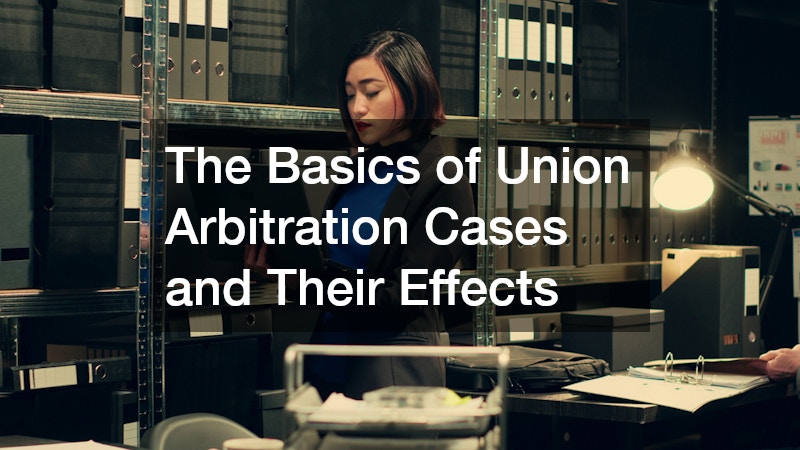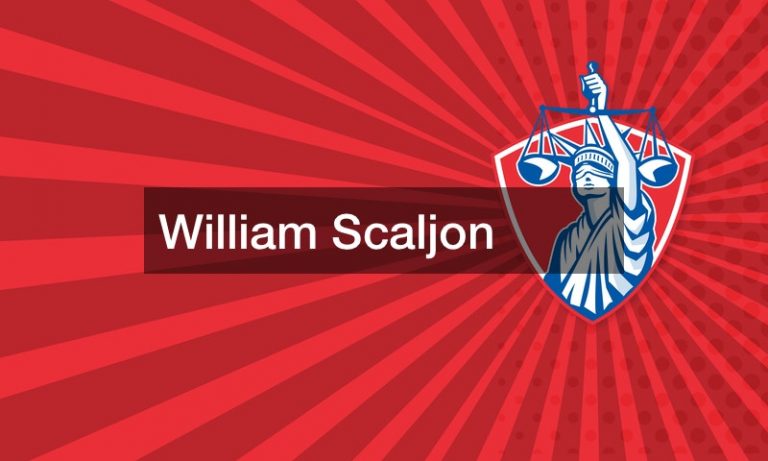The Basics of Union Arbitration Law and Its Effects


Union arbitration cases are critical components of labor relations, functioning as mechanisms to resolve disputes between labor unions and employers efficiently. This process not only aims to settle disagreements but also maintains industrial harmony and equitable relations in a constantly evolving workplace.
Understanding union arbitration helps recognize its significance in maintaining balance and transparency in labor relations. Such knowledge is essential for both unions and employers striving for sustainable workplace practices.
What is Union Arbitration?
Definition and Purpose
Union arbitration is a method of resolving conflicts through an impartial third party known as an arbitrator. Its fundamental purpose is to ensure that both parties have a fair hearing and to arrive at mutually agreeable solutions while avoiding prolonged conflicts.
This arbitration process often serves as an alternative to litigation, which can be lengthier and more adversarial. By preventing civil court entanglements, arbitration preserves professional relationships and focuses on practical resolutions.
The Role of Arbitrators
Arbitrators play a crucial role as neutral entities equipped with expertise in labor laws and industrial relations. They are responsible for facilitating discussions and ultimately delivering a decision that is binding or guiding, depending on the agreement terms.
Their impartial stance and understanding of workplace dynamics enable them to render decisions that reflect legal fairness and operational realities. Arbitrators help both parties navigate complexities without escalating hostilities.
How Does the Arbitration Process Work?
Step-by-Step Process
The arbitration process typically begins with a formal demand or request, followed by the selection of an arbitrator. Subsequent steps involve presenting evidence, conducting hearings, and culminating in the arbitrator’s decision.
Throughout this procedure, the emphasis is on transparency and adherence to agreed-upon rules, ensuring that both the union and employer feel heard. An effective resolution can emerge from this structured and equitable environment.
Key Participants
The primary participants in union arbitration include the labor union, the employer, and the arbitrator. Each plays a vital role in the arbitration process, advocating for outcomes that align with their interests and addressing disputes collaboratively.
These stakeholders are supported by legal advisors and occasionally witnesses, who provide testimonies and evidence. The involvement of experts ensures that the arbitration remains focused and informed, leading to realistic solutions.
What Are the Legal Frameworks Governing Union Arbitration?
Federal Laws and Regulations
In the United States, federal laws such as the National Labor Relations Act (NLRA) establish the groundwork for conducting union arbitration. These regulations provide protective frameworks ensuring the rights of all parties are upheld during disputes.
Moreover, the NLRA supports fair labor practices by framing arbitration as a peaceful means to settle disagreements. This legislative backing reinforces arbitration as an institutional tool ensuring justice and balance in labor relations.
State Laws and Variations
State laws can introduce additional layers of complexity, as they may enact specific statutes influencing arbitration processes. These variations reflect the distinctive legal landscapes across jurisdictions, thereby affecting individual arbitration scenarios.
For instance, some states may offer additional protections for workers, affecting how arbitration cases are initiated and resolved. Understanding these nuances helps in tailoring arbitration practices to specific legal contexts.
What Are the Common Outcomes of Arbitration Cases?
Types of Arbitration Awards
Arbitration typically culminates in awards that can be binding or non-binding, with the former requiring compliance and the latter serving as recommendations. These decisions direct the subsequent actions of both unions and employers.
Awards may encompass financial compensation, changes in workplace policies, or reinstatement, reflecting the arbitrator’s aim to balance interests. These outcomes testify to arbitration’s power to foster solutions through structured decisions.
Implications for Unions and Employers
The results of arbitration cases significantly impact unions and employers, from financial repercussions to shifts in workplace dynamics. For unions, arbitration can solidify or challenge bargaining positions, affecting their future strategies.
Conversely, employers might experience changes in operational policies or financial burdens depending on the arbitration outcome. Regardless, both parties gain clarity and closure, enabling them to focus on building constructive industrial relations going forward.
What Are the Effects of Union Arbitration on Labor Relations?
Improving Dispute Resolution
Arbitration is instrumental in refining dispute resolution by providing a clear and manageable avenue for resolving conflicts. This method supports ongoing dialogue and cooperation, reducing workplace tensions and enhancing mutual respect.
The arbitration process contributes to sustainable labor relations, ensuring that disagreements are managed cordially while safeguarding productive working conditions. As a consequence, unions and employers benefit from strengthened relationships and shared objectives.
Challenges and Criticisms
Despite its advantages, union arbitration is not devoid of criticisms, including perceived biases and procedural delays. Some argue that arbitration can favor one party or extend beyond optimal timeframes, negating efficiency.
Such criticisms call for improvements in transparency, accountability, and timeliness of arbitrations, ensuring they remain swift and impartial. Addressing these challenges fortifies arbitration as a trusted and equitable resolution mechanism.





